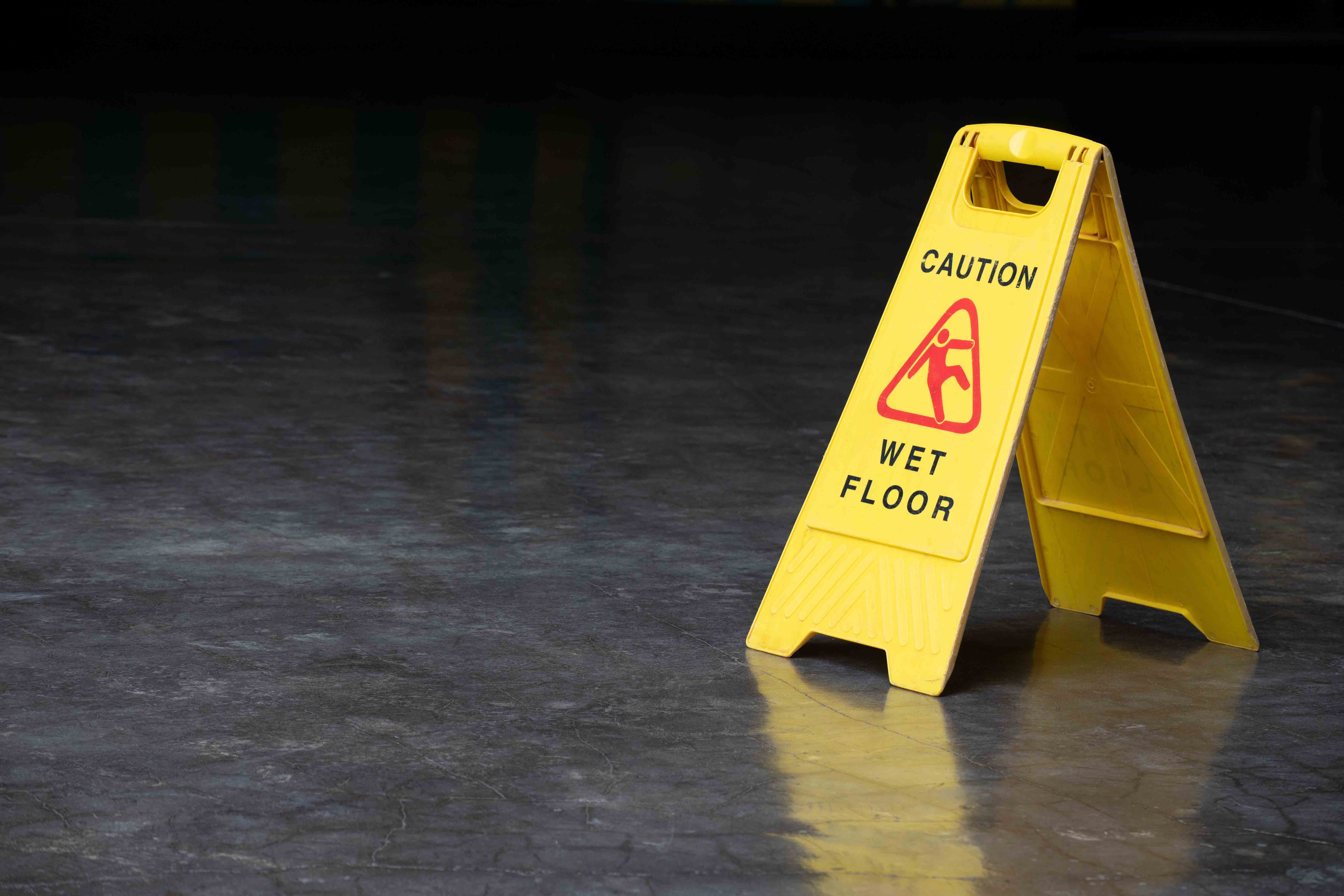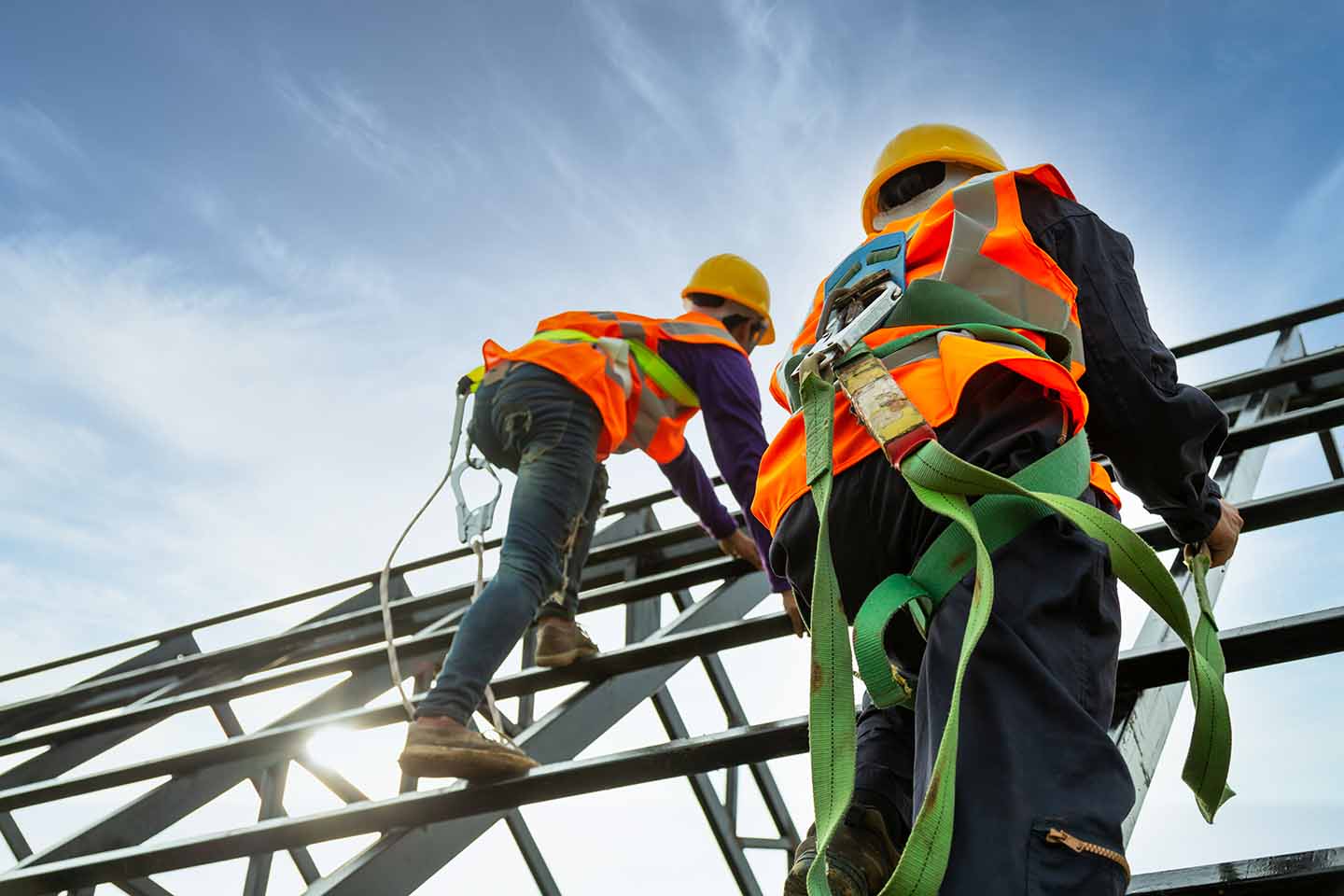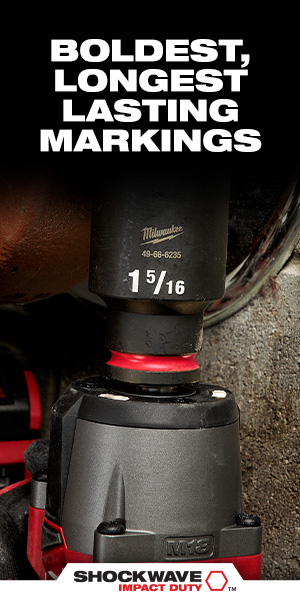

Making the Switch: Hard Hats vs. Safety Helmets
By Grainger Editorial Staff 5/29/23
More organizations are shifting from traditional hard hats to safety helmets that offer enhanced protection against side and rear impacts. This article explores the key differences in fit, comfort, customization and safety features to help you decide which head protection is right for your team.
For over 100 years, hard hats have helped protect workers from various hazards, including falling objects, tools, debris, and electrical hazards. However, the hard hat wasn’t designed to protect against injuries from slips, trips, and falls, which in 2022 resulted in over 450,500 serious injuries requiring days away from work, according to data from the U.S. Bureau of Labor Statistics.
One of the limitations of the hard hat is its limited ability to protect against side or rear impacts. Adam Kerzel, product manager for Head Protection and PPE Customization at Milwaukee Tool, said this is just one of many reasons that hard hats are frequently being replaced by safety helmets on many worksites.
Factors Driving Industry Shift
While there has been a drastic shift in head protection to the safety helmet in the commercial and industrial space, the general contractor is largely leading the industry trend towards safety helmets.
“A majority of general contractors are now mandating climbing style helmets on all of their new job sites starting in 2023. Several large corporations are also starting to require the same level of protection by mandating ANSI Type II helmets," which offer enhanced side impact protection, said Kerzel.
However, as industries transition from the traditional hard hat to safety helmets, there are some trade-offs in comfort and performance. “It’s critical that manufacturers are innovating and challenging those trade-offs to make sure that people are equipped with the best protection as well as ensuring that they’re willing and able to wear it all day on the job site,” said Kerzel.
When deciding between hard hats or safety helmets for your crew, the following factors are important to consider.
Protection
“Traditional hard hats protect you from top impacts and penetration, like an object falling straight on you, the vertical drop when falling. That’s not very realistic to what happens in an incident. Typically, there’s some rotation or shift of the individual’s hard hat or helmet,” said Kerzel.
Kerzel said transitioning to a climbing-style helmet offers significant benefits and a step up with certain brands to an ANSI Type II level of protection. Climbing-style safety helmets help protect workers from side, front and back impacts, as well as top impacts that hard hats best mitigate.
Industries like construction are also starting to require chin straps for head protection. This ensures the hard hat or helmet stays on an individual’s head and remains secure so that if an impact occurs, it’s correctly positioned to absorb the impact.
Fit
Safety helmets now fit like the sports helmets used in climbing and cycling to provide workers with enhanced comfort while performing various daily tasks. Safety helmets use a suspension system allowing the individual’s head to rest on a comfort pad. Hard hats, meanwhile, use a webbed ribbon-style suspension system that does not necessarily prevent them from falling off the head.
That webbed suspension, however, helps create more airflow between the individual’s head and the top of that hard hat or that shell. That gap is part of the impact requirement to absorb impacts, penetration or falling objects.
“When you transition to a safety helmet, they replace that open-style suspension with a foam insert. The foam insert adds additional protection from the top and the side," said Kerzel.
Comfort
Safety helmet designers understand that comfort is a top issue, and they are being pushed to offer an improved level of protection without sacrificing comfort, weight or safety.
Certain safety helmets have a comfortable padded suspension that includes an adjustable swinging ratchet for better comfort, also providing a five-way adjustable buckle chin strap for better security.
Additionally, by using a chin strap to secure the helmet to an individual’s head, safety helmets help eliminate the tension points and improper fits that can cause workers to incorrectly wear their PPE.
By sitting lower on the head, safety helmets can help provide more ergonomic head protection over hard hats. Some safety helmets also feature antimicrobial and moisture-wicking padding designed to help keep workers feeling fresh and cooler throughout the workday.
Customization
Hard hats and safety helmets can be customized with specialized systems which allow users to securely attach accessories like visors, face shields, headlamps and ear protection. While hard hats have some restrictions on how they can be customized, Kerzel has seen workers attempting to customize their PPE on their own.
“People are duct-taping their lights to the front of their hard hats. They’re drilling holes in the side of their hard hats and zip-tying markers on the side of their hard hats, which immediately ruins the integrity of the hard hat,” said Kerzel.
According to OSHA, screen printing, painting or stickers are allowed as long as the manufacturer permits the customization, employers can demonstrate that the hard hat or helmet is reliable, and the customization does not hide hard hat damage.
Innovation
Manufacturers are focused on finding ways to help combat heat stress since safety helmets can be hotter than the traditional hard hat. Workers often need different accessories to complete their job depending on the task. For example, “an individual cutting metal at minimum requires a shield with an ANSI Z87+ level of protection rating to protect them from those sparks. Or a road crew working outside in Arizona in 100-degree weather, they need sun protection to alleviate that heat as well as those sun rays to make sure that they are staying safe in that environment,” said Kerzel.
“When you look at where hard hats have been in years past and even currently, those solutions don’t necessarily exist,” said Kerzel.
Now manufacturers are developing innovative solutions and customization options like accessory attachment systems that allow users to fully personalize their PPE for certain tasks by mixing and matching accessories on their hard hat or helmet without sacrificing sun protection, hearing and eye protection or a lighting solution, helping to optimize worker protection for their job site.
Reducing Liability Claims
The National Council on Compensation Insurance (NCCI) Workers Compensation claims research has found that brain and head injuries, like traumatic brain injuries (TBIs), account for a significant portion of large liability claims — 17% of claims between $3 million and $5 million, and 30% of claims costing more than $10 million. However, NCCI research shows that many TBIs and other head injuries can be prevented by using proper PPE, securing items from falling and taking protective measures against slips and falls. The added protection from features like chinstraps may carry a slightly higher price tag, but the risk of high liability claims may outweigh the higher helmet cost.
Companies could also see long-term benefits and gain a competitive advantage by investing in enhanced protection for their workers.
“If you’re able to show that you have put these safety measures in place to reduce your [Experience Modification Rating (EMR)] rating, it shows that the risk of injury is significantly lower for contractor A who may have bought into helmets over contractor B, who’s still leveraging the traditional style hard hat," Kerzel said. "We’re finding that contractors can bid higher and still win the work due to their proactive investment into an improved level of protection.”
Do all workers need safety helmets?
Companies may use hard hats and safety helmets for head protection depending on the job site or task. Some companies are shifting all workers to safety helmets or choosing certain job functions that could benefit from the enhanced level of protection, like those workers who routinely work at heights. Safety helmets have up to a 10-year shelf life on average and 5 year in-use life, while most hard hats need to be replaced every five years. All head protection must be replaced if impacted.
No matter what type of head protection you select, according to OSHA rule 29 CFR 1926.100, it’s important to ensure the hard hat or safety helmets you select meet or exceed the ANSI Z89.1 standard or provide equal protection. Kerzel called out the European mountaineering helmet standard EN12492 as an example of an additional protection standard that is similar but not equal to ANSI standards which is what OSHA recognizes for the construction industry.
Head protection must also meet the following OSHA requirements:
- Stop penetration
- Absorb shock to the head
- Be water-resistant and slow to burn
Employers should ensure that head protection provides appropriate protection against potential workplace hazards, either ANSI Type I for top impact or ANSI Type II for top and side impacts. The class is also important since it determines the protection level against electrical hazards:
- Class G (General) provides impact and penetration protection with voltage proof tested at 2,200 volts.
- Class E (Electrical) provides impact and penetration resistance with a high level of electrical hazard proof tested at 20,000 volts.
- Class C (Conductive) provides lightweight impact and penetration resistance without electrical hazard protection.
Evaluating Hazards
A hazard assessment can help determine whether a hard hat or safety helmet is better for your workforce. Start by creating a list of hazards for each worker and the tasks performed. Once the work environment and current head protection have been evaluated, you can create an action plan to help determine whether a switch is needed based on the risks found within certain tasks or work environments.
Safety continues evolving and workers realize the need to protect themselves in the best way possible to come home to their loved ones every day. Workers can sometimes be slow to adopt newer trends in PPE, preferring to wear the same head protection worn by their previous generations.
However, “simply making the switch from a hard hat to a helmet, adding a level of protection from the side for ANSI Type II rated models, requiring the use of a chin strap to ensure the PPE is secured and worn effectively can be the difference between going home and seeing your family or not. That has been a big reason for contractors and companies making the switch,” said Kerzel.

Safety Management
6 Tips to Help Prevent Slips, Trips and Falls
Identify the fall hazards in your workplace and implement a fall safety program. Check out these tips from Grainger so you can mitigate risk.
![]() Our Latest KnowHow
Our Latest KnowHow

Facility Pest Control: How IPM Helps Safely Manage Insects
Discover safe, compliant pest control with IPM. Find tips for insect monitoring, sanitation and safe insecticide use in commercial facilities.
The information contained in this article is intended for general information purposes only and is based on information available as of the initial date of publication. No representation is made that the information or references are complete or remain current. This article is not a substitute for review of current applicable government regulations, industry standards, or other standards specific to your business and/or activities and should not be construed as legal advice or opinion. Readers with specific questions should refer to the applicable standards or consult with an attorney.










